Postcards
Searching for water in the canyons of Orange County-
Wish you were here!
We took a hike in the Holy Jim recreational tract along the banks of Holy Jim and Trabuco creeks. This canyon was inhabitated by a beekeeper who built the first cabins in the 1880's named James T. Smith. In 1920, Orange County and the Forest Service bulldozed a road up the creek bed fork of Trabuco and Holy Jim canyons. Transplanted Iowans from Long Beach were the first people to buy the leases and build cabins reminiscent of those on mountain lakes in Michigan. There are 51 cabins on two forks of the road with no running water or power. Many were battened down as we walked by them. Since the originals were built during the depression, they were made with cheap materials and had a tendency to burn down. Check out www.holyjimcanyon.com for pictures and descriptions.
We drove up the 5 or so miles of extremely bumpy dirt road to the base of the trail, parked the car, and took the 2.8 mile trail to the falls past cabins and all manner of plant life. Apparently even though the trail was wooded, I have seen it described as chaparral. This type of biome is characterized as being hot and dry and includes poison oak, scrub oak, other shrubs, trees and cacti. Being a northwest gal, I still can't get over the cactus plants mixed in with the trees and shrubs. I feel like I am in some sort of Jurrasic Park world, and it is beautiful.
Perhaps the biggest surprise we encountered along the trail was.... fig trees! I love fig trees!! Apparently old Jim the beekeeper planted them long ago. Most of them burned with his first cabin, but they have regrown over the past 100 years and are a veritable forest along the trail.
Below you will find postcards of several of the sights we saw along the way. Although the falls was a mere trickle compared to what we are used to, we were happy to discover that you can still find water in California!
Happy hiking!
Coco
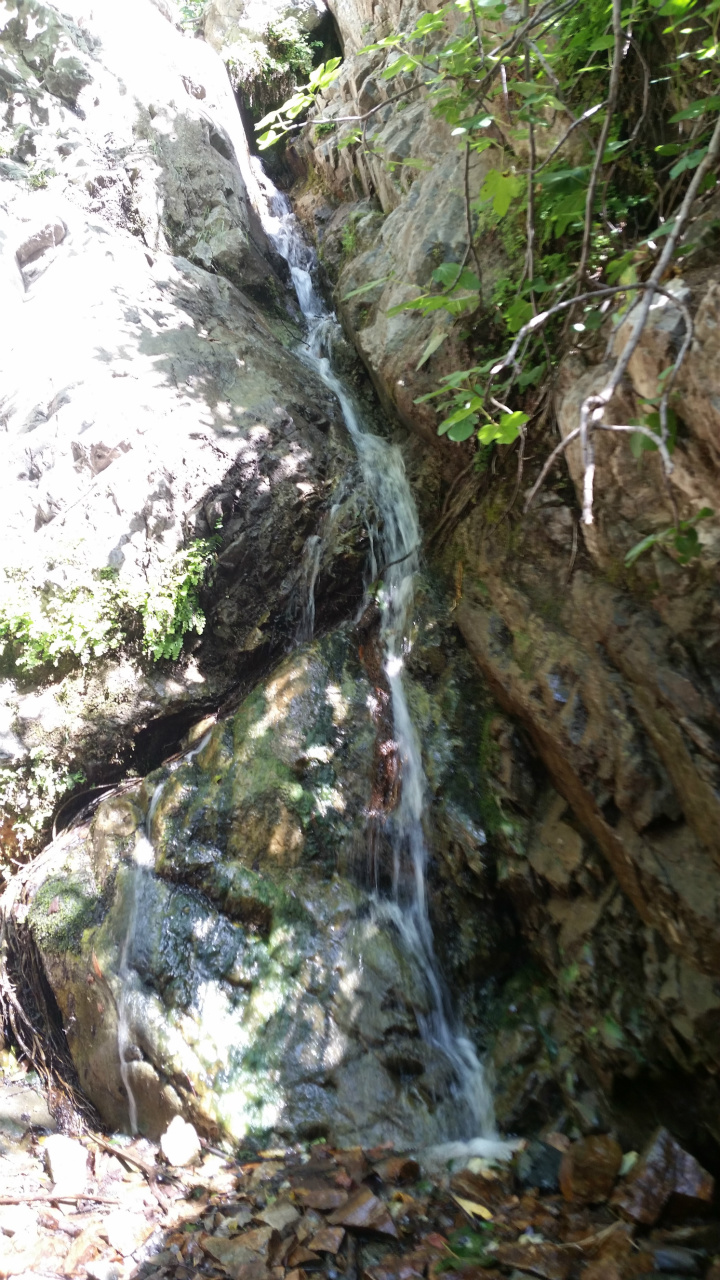
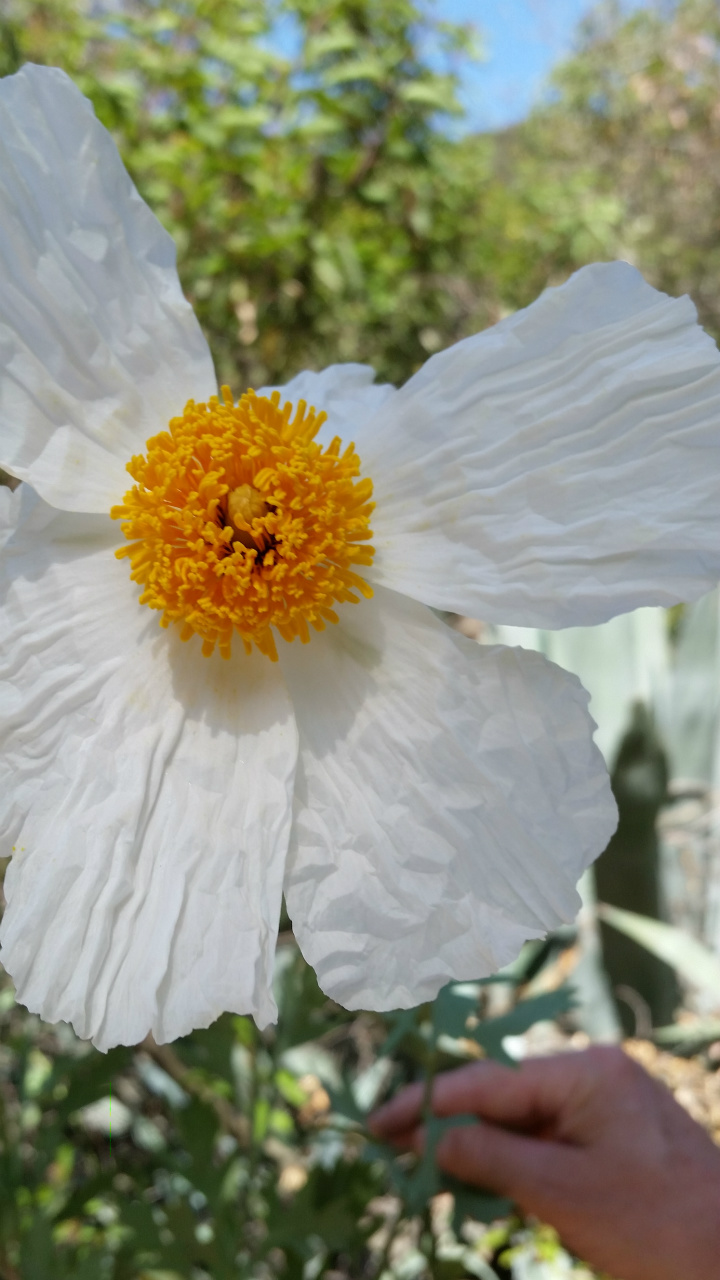
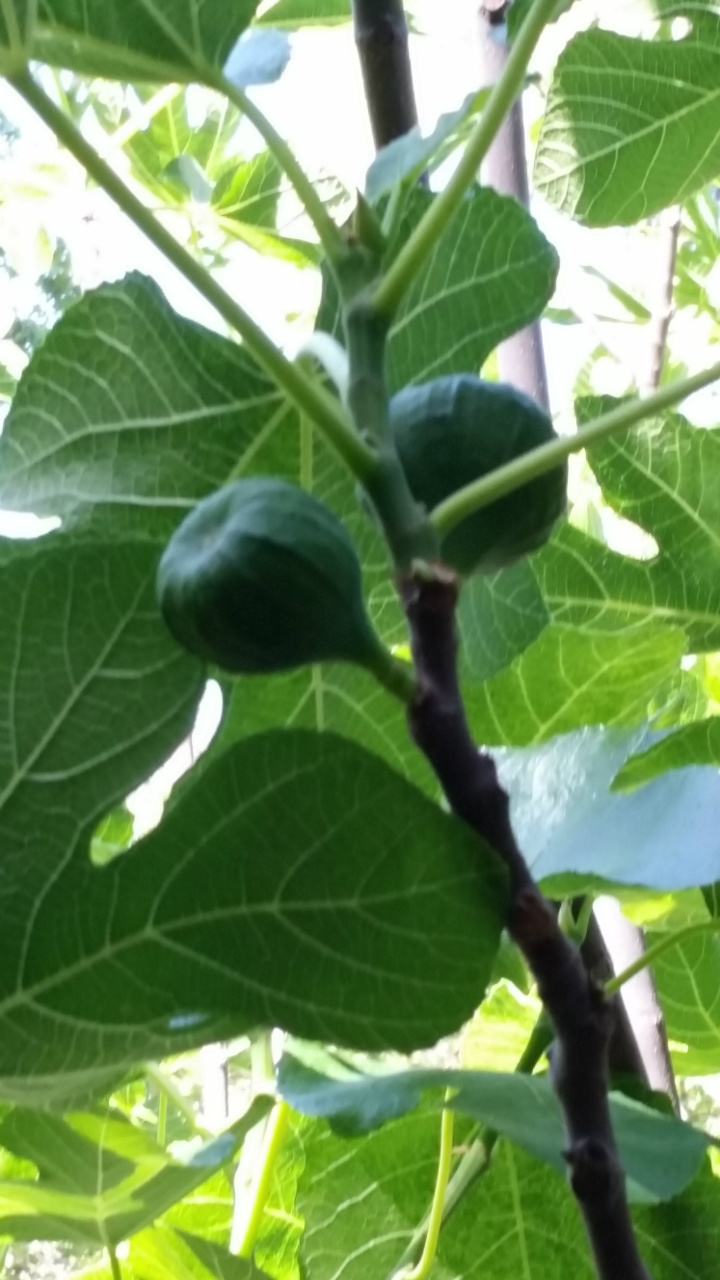
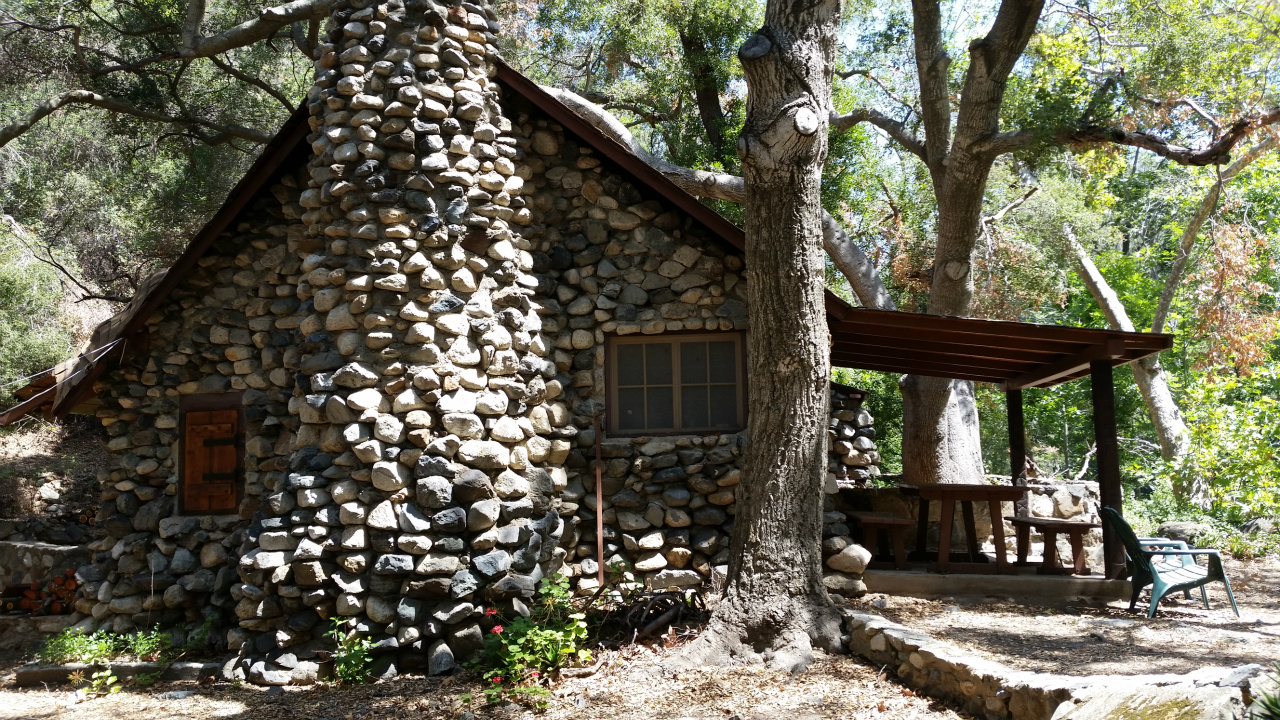
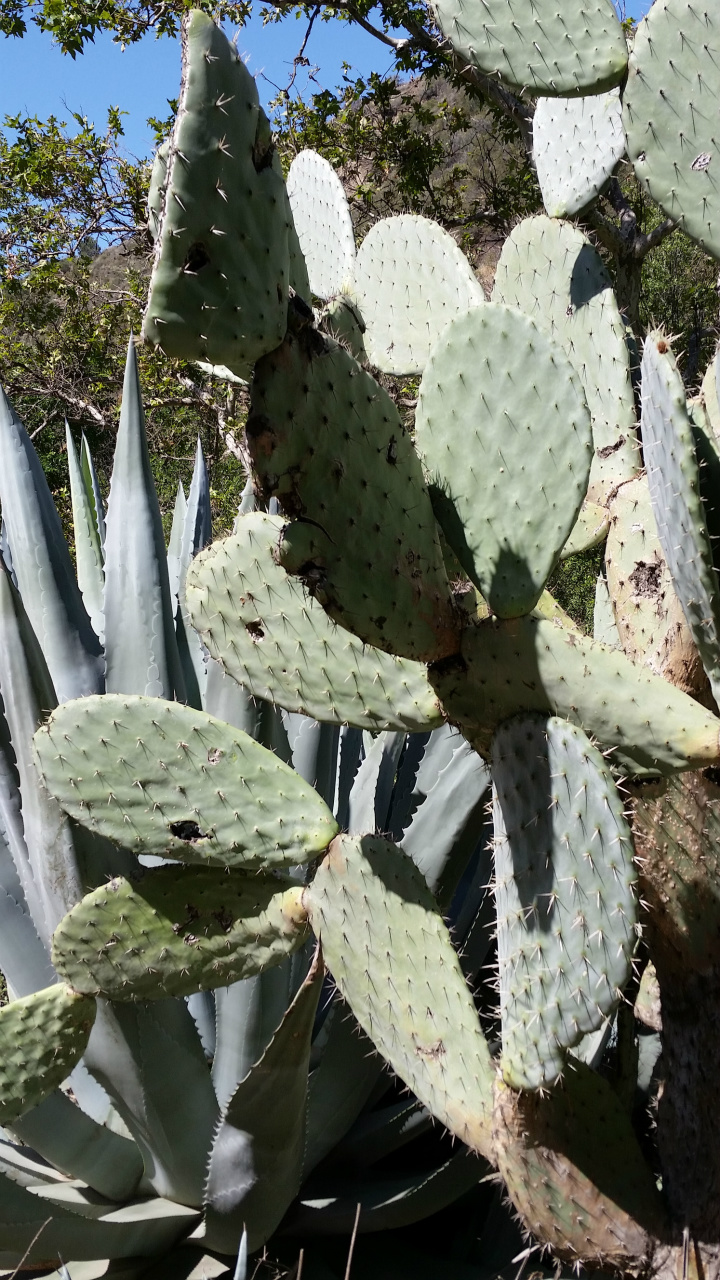
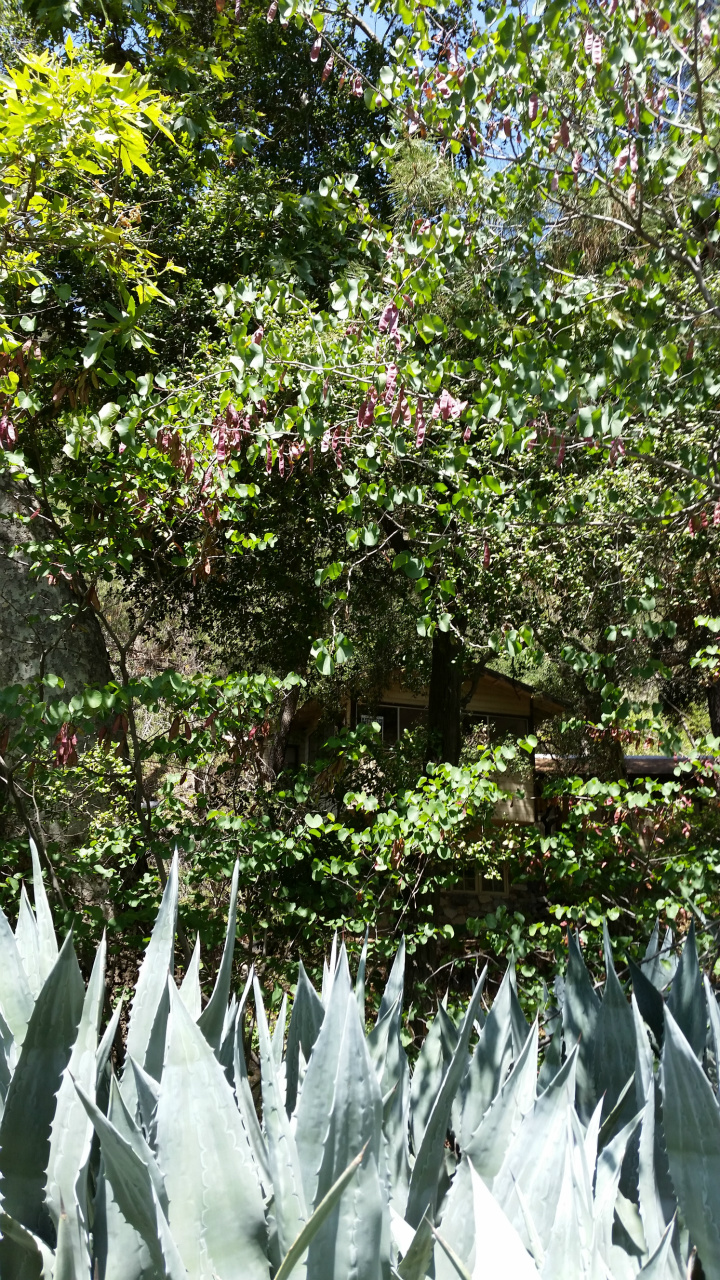
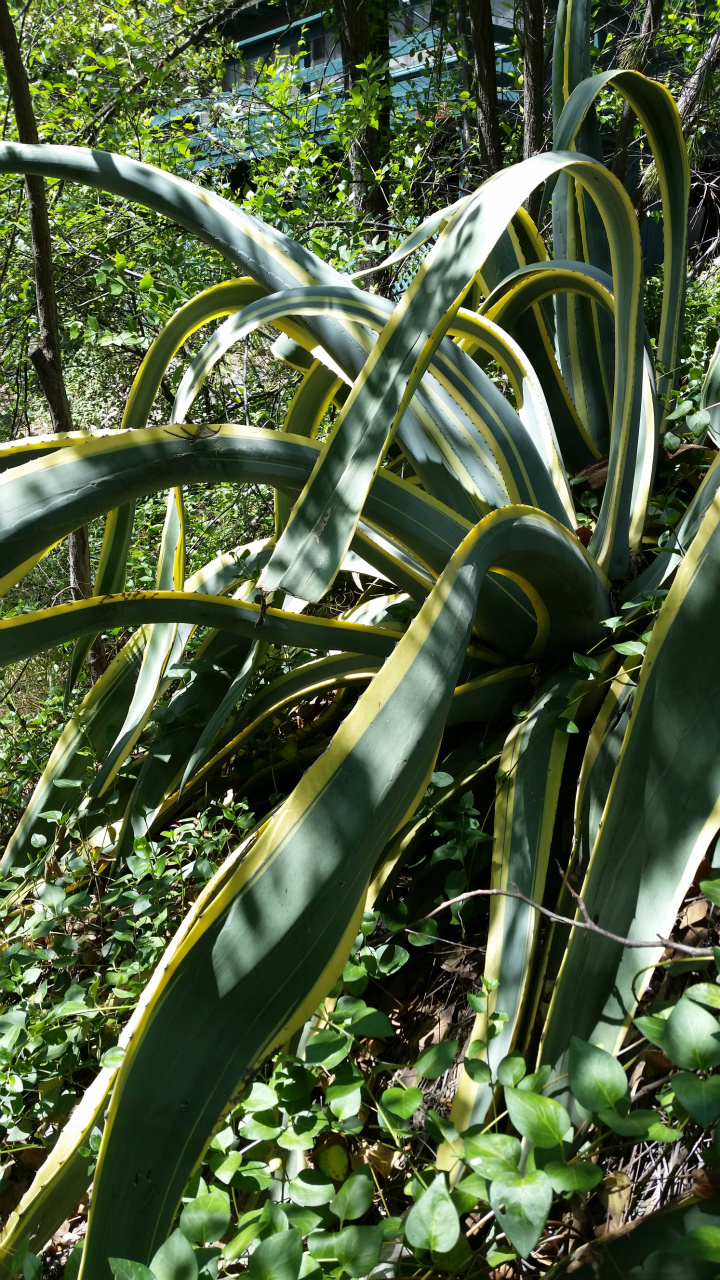
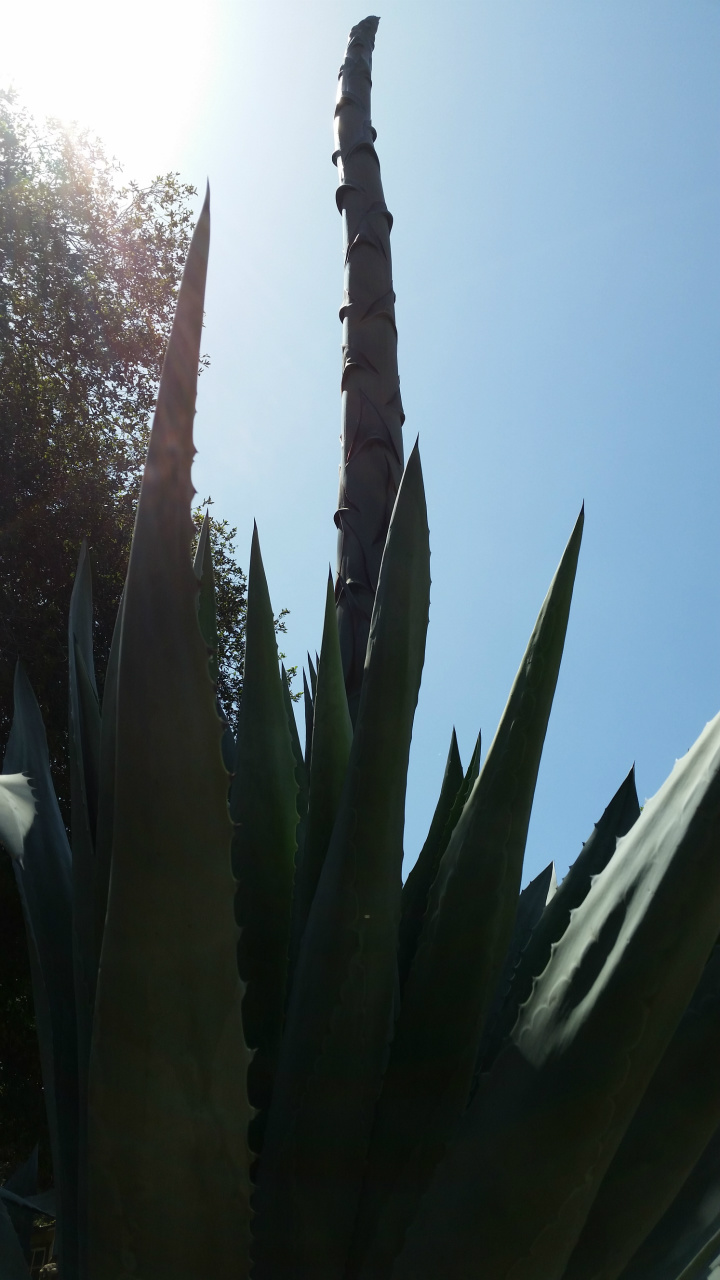
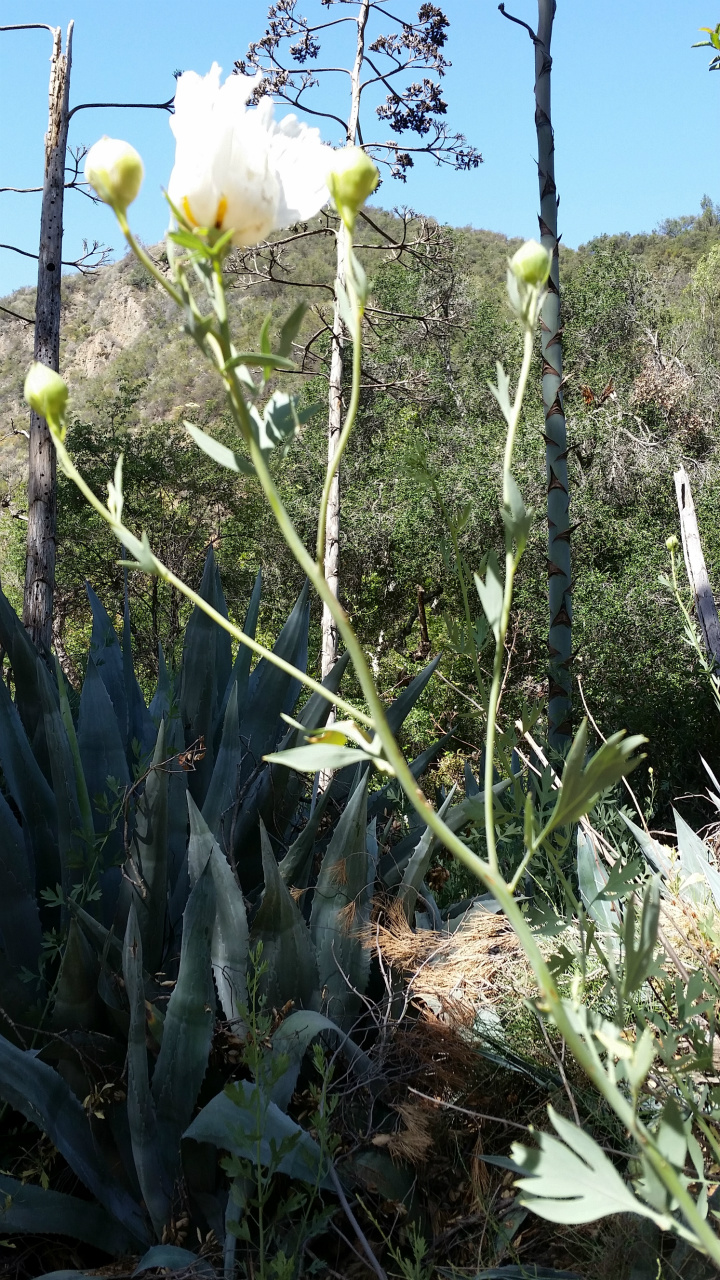
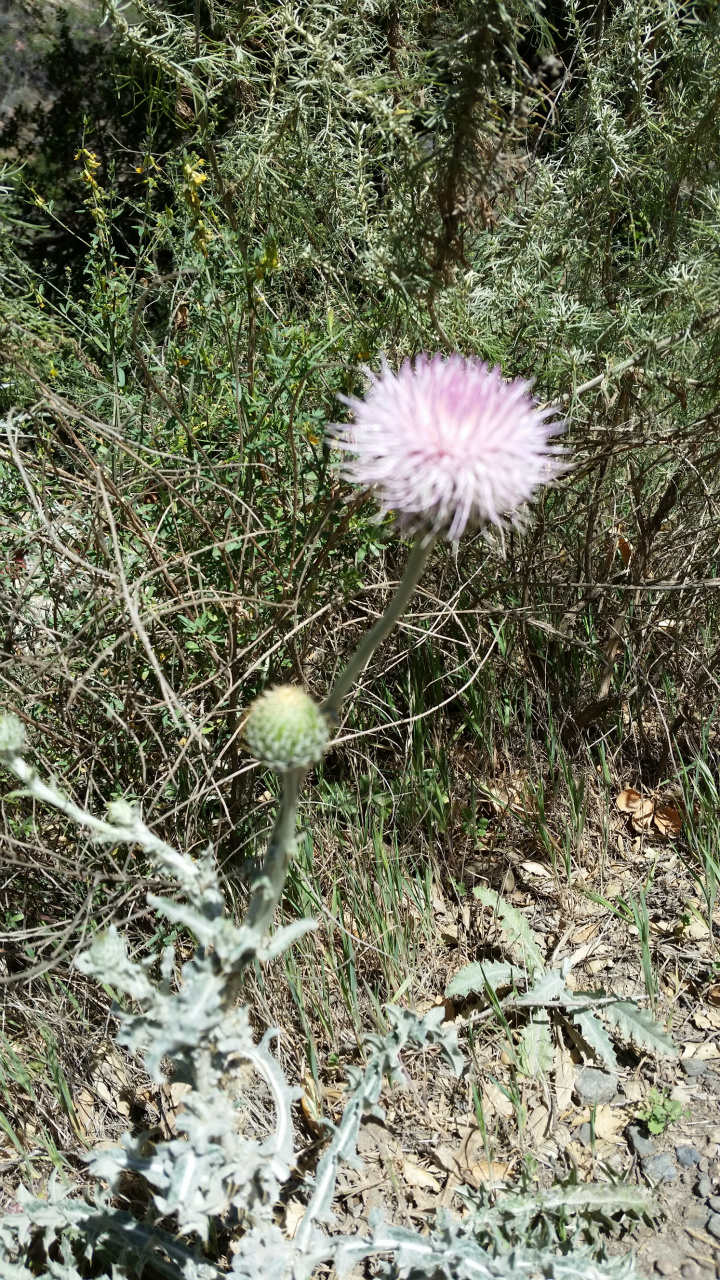
Latest comments
I love one pot meals especially when it’s my wok. Easy peasy and my family will love all the flavors. Great recipe. I can’t wait to make it for my family!
<a href="https://thebestfucksites.com/">Jayme
I so enjoy your site and your recipes. Would you please consider adding a print option so we can enjoy your recipes a little more easily. Thank you.
<a href="https://bestdarkwebmarketslinks.com/">Holl
Thank you for this post. I’ve always believed that chicken had to be cooked to 180 using an instant read thermometer to be safe. Always dry. I do more grilling outdoors, but I’ll definitely have to lo
I love this vegetable beef soup! You’ll have to come back and tell me what you think after you try it!
<a href="https://thebestfucksites.com/">Jayme Silvestri</a>